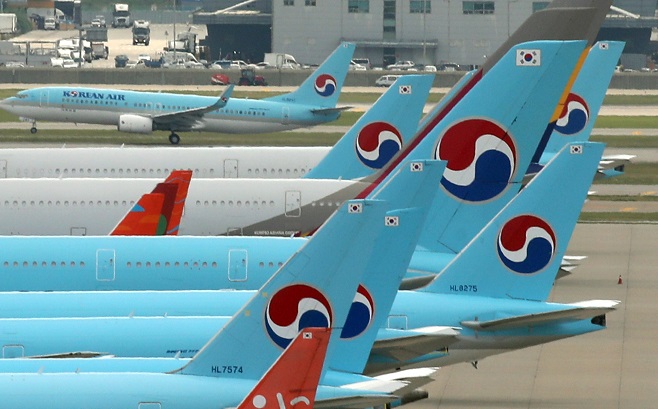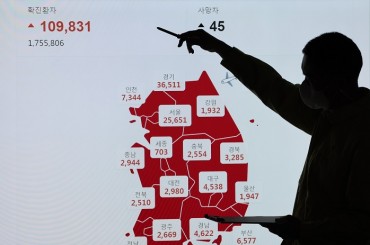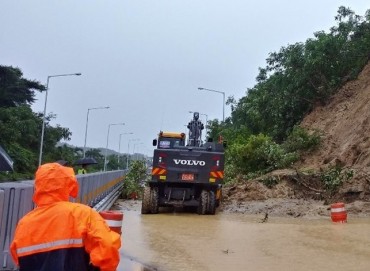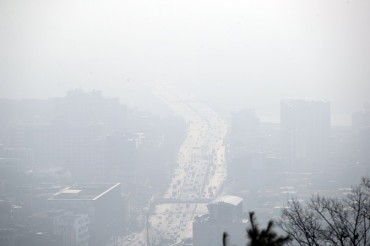
This photo, taken July 7, 2020, shows Korean Air planes at Incheon International Airport, west of Seoul. (Yonhap)
SEOUL, July 15 (Korea Bizwire) — South Korea’s air passenger traffic fell 29 percent in the first half from a year earlier amid the prolonged coronavirus pandemic, the transport ministry said Thursday.
From January to June, the number of passengers on domestic and international routes fell to 16.67 million from 23.58 million in the year-ago period, as governments imposed entry restrictions due to the pandemic, the Ministry of Land, Infrastructure and Transport said in a statement.
The number of passengers on international routes plunged 91 percent on-year to 1.19 million in the first six months despite a 46 percent on-year recovery in that of passengers on domestic routes, it said.
Local airlines have suspended most of their international routes since early last year, as travel demand dried up amid virus fears.
They are in talks with Guam and Singapore to sign quarantine-free travel bubble agreements to allow group tours of fully vaccinated Koreans to the holiday destinations, the ministry said.
The South Korean government has recently signed a travel bubble deal with Saipan.
Asiana Airlines Inc. and T’way Air Co. plan to offer flights to Saipan from July 24 and July 29, respectively. Jeju Air Co. resumed flights to the U.S. territory in the Pacific on June 8.
The country’s two full-service carriers — Korean Air Lines Co. and Asiana Airlines — have focused on winning cargo deals to offset dried-up travel demand.
But low-cost carriers, such as Jin Air Co., Jeju Air, Air Busan Co., Air Seoul Inc., Eastar Jet and T’way Air Co., have had more difficulties, as they rely on passenger travel demand.
Global air travel demand is expected to recover to the level of 2019 in late 2022, as each country’s virus response and quarantine regulations are different.
(Yonhap)






